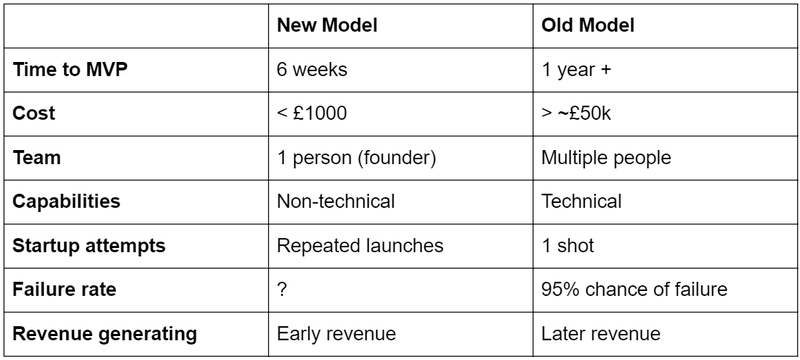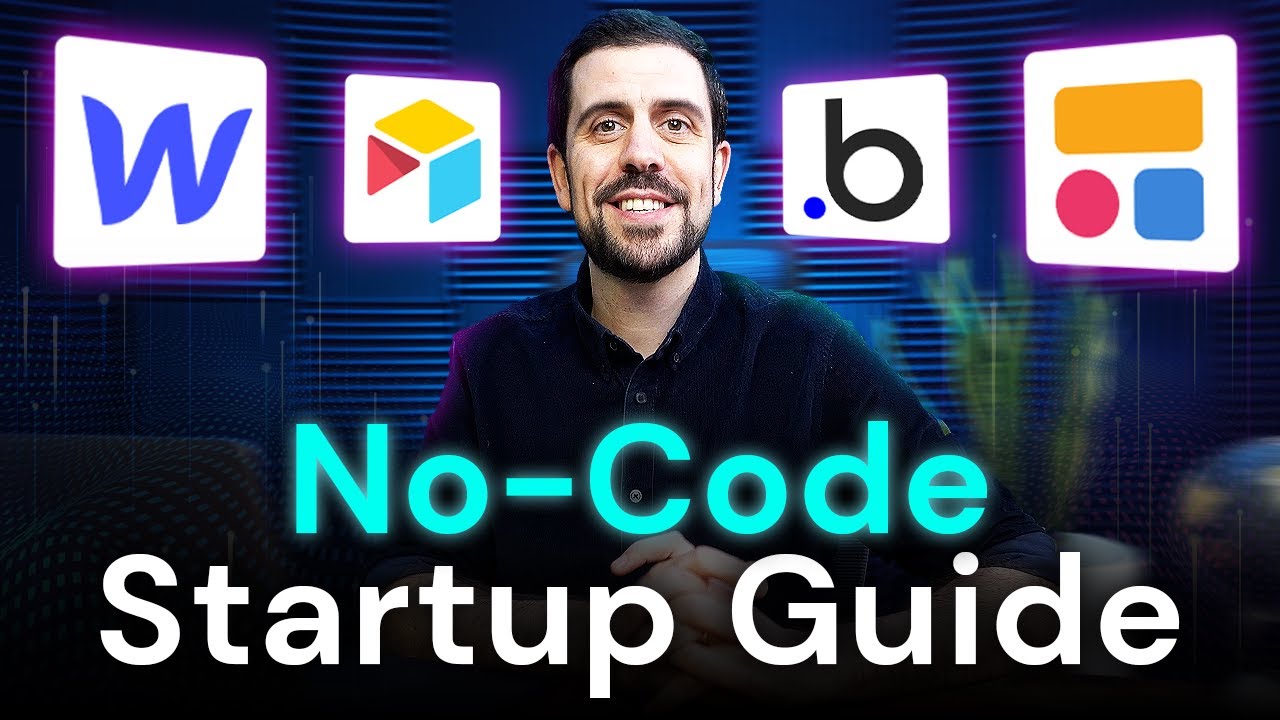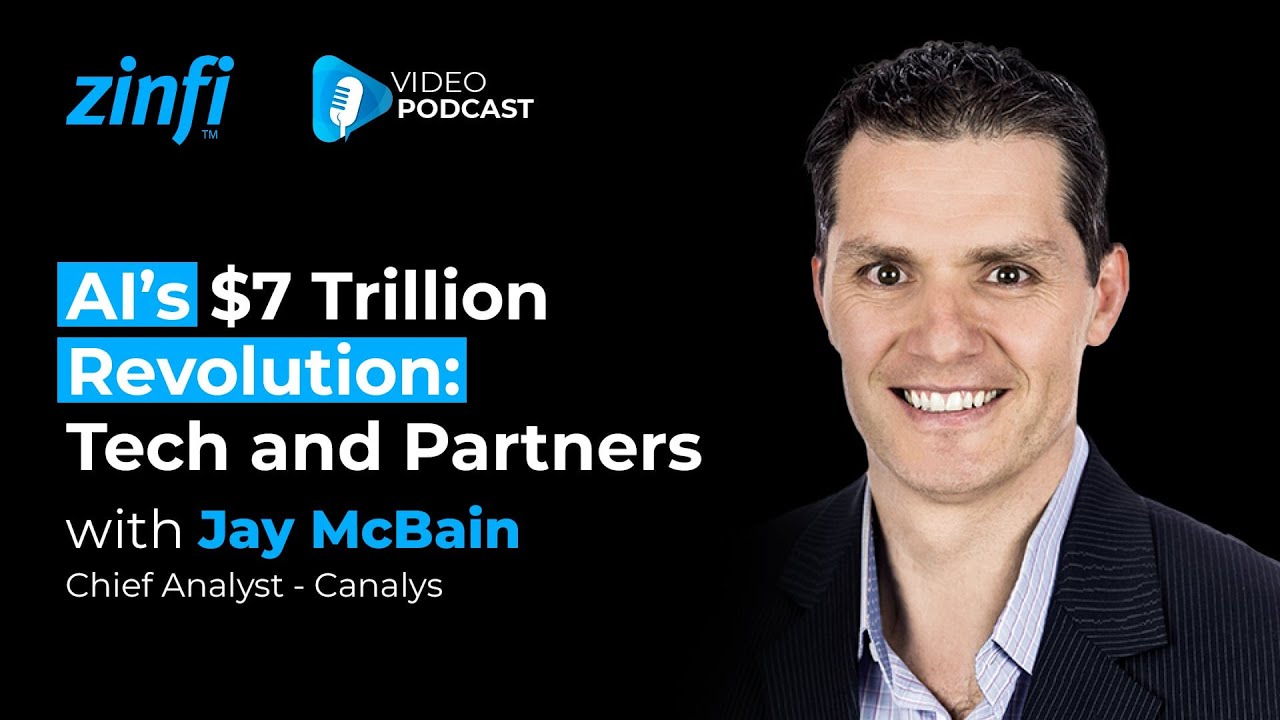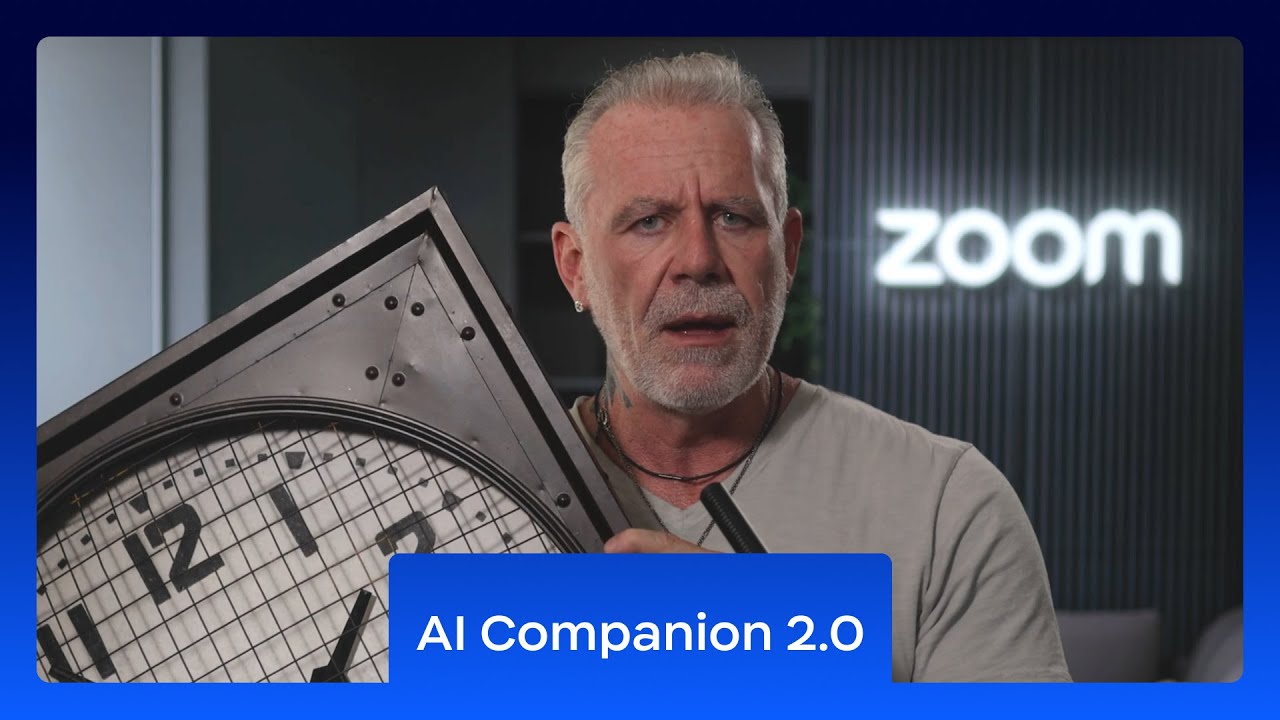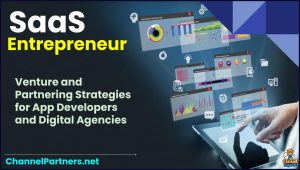 As Wired writes enterprising entrepreneurs are turning to Low Code methods as the ideal toolset for rapidly translating their ideas into working digital businesses.
As Wired writes enterprising entrepreneurs are turning to Low Code methods as the ideal toolset for rapidly translating their ideas into working digital businesses.
In the opening paragraph they capture the very essence of this new technology trend.
Prior, any aspiring entrepreneur without coding skills would need to hire developers, easily costing thousands if not tens of thousands of dollars. Low Code enables non-technical folks, like entrepreneurs, to create and publish working code. It’s as simple as that.
What is very potent about the Wired case study of Dani Bell, a British copywriter starting out on her own for the first time, is that they explain how she built her online business via a suite of Low Code tools, not just one.
She used Webflow to create the online presence and Airtable for storing details about each job. She also used Google Docs and Slack to manage the sub-contracting of work.
Critically she also integrated these together using another Low Code tool: Zapier. In other words she achieved an entirely end-to-end integrated digital business system, entirely with Low Code, something that only a few years ago would have required a considerable and sophisticated development effort; now it has been abstracted and commoditized to the ultimate level of accessibility.
So this means it isn’t just another iteration of user-friendly web builder tools like Wix or Squarespace, but an expanding evolution of that sector to make enterprise-type Internet technologies both affordable and useable for the smallest of businesses.
In short it has dramatically lowered the barrier to entry for digital entrepreneurship for every one. Think of businesses like Uber Taxis or Airbnb, global scale ventures achieved primarily through technology capability, a capability that is now accessible to all, not just highly specialized, expensive developers.
